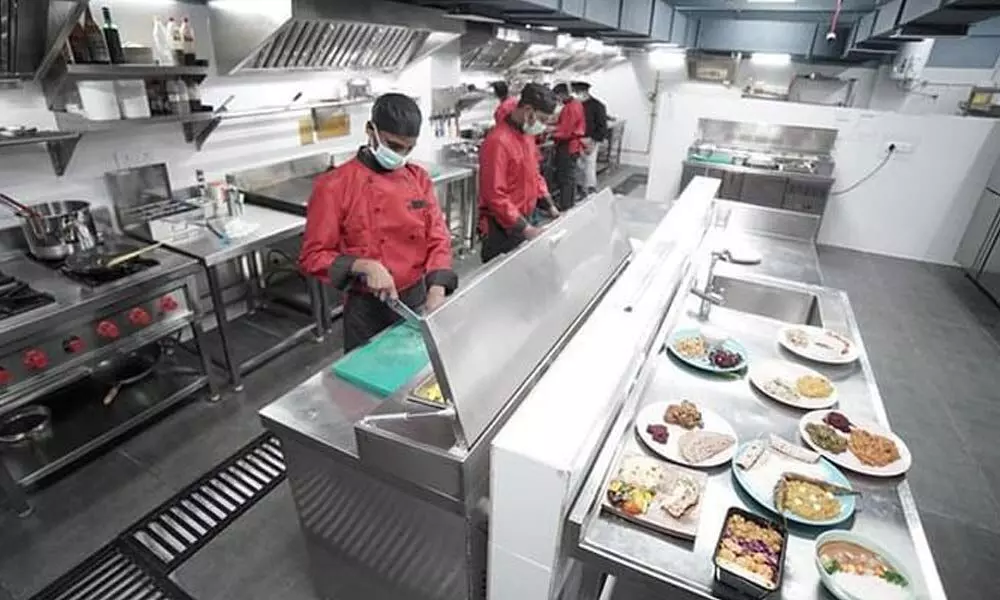The key to success in the fast-paced food service industry is effectiveness. From overseeing requests and stock to guaranteeing convenient conveyance and consumer loyalty, each part of activities should run as expected. When it comes to streamlining processes, reducing errors, and increasing productivity, food service solutions are absolutely necessary. Collaborative efforts between industry stakeholders foster innovation and market competitiveness within the Food Industry Support sector.
- Smoothed out Request the board:
Automating and centralizing order management through food service solutions eliminates the need for human order taking and lowers error rates. Staff members can effectively enter orders directly into the system, which then seamlessly communicates with kitchen staff or suppliers, regardless of whether the establishment is a café, restaurant, or catering service. This smoothed out process decreases request handling times, limits misconceptions, and guarantees that orders are satisfied precisely and speedily.
- Productive Stock Administration:
Successful stock administration is basic for controlling expenses and limiting waste in the food administration industry. Food service solutions employ inventory tracking features to automate reordering procedures, generate comprehensive reports on usage patterns, and monitor stock levels in real time. Businesses can improve overall efficiency by minimizing waste, lowering carrying costs, and ensuring that ingredients are always available when needed by optimizing inventory levels and reducing excess stock.

- Enhanced Workflows in the Kitchen:
To meet customer demand and maintain consistency in a busy kitchen, efficient workflows are essential. Digital kitchen display systems, recipe management tools, and automated production schedules are all part of food service solutions that make kitchen operations more efficient. Faster turnaround times, improved food quality, and increased customer satisfaction are all made possible by these features, which allow kitchen staff to prioritize tasks, coordinate preparation activities, and reduce idle time.
- Scheduling the staff effectively:
In the food service industry, having the right people on staff is essential to keeping things running smoothly and providing excellent service. Food administration arrangements offer incorporated planning instruments that empower organizations to make upgraded staffing plans in view of interest figures, representative accessibility, and ability levels. Businesses can cut down on labor costs, cut down on overtime, and make sure that enough employees are available to efficiently meet customer needs by aligning staffing levels with peak hours and adjusting schedules in real time.
- Smooth Collaboration and Communication:
Food administration arrangements work with consistent correspondence between front-of-house and back-of-house staff, as well as among the board and providers. These solutions promote transparency, accountability, and teamwork through task assignments, performance dashboards, and messaging platforms, resulting in smoother operations and increased overall efficiency. Training programs help cultivate skilled labor for various roles within the Food Industry Support sector.




